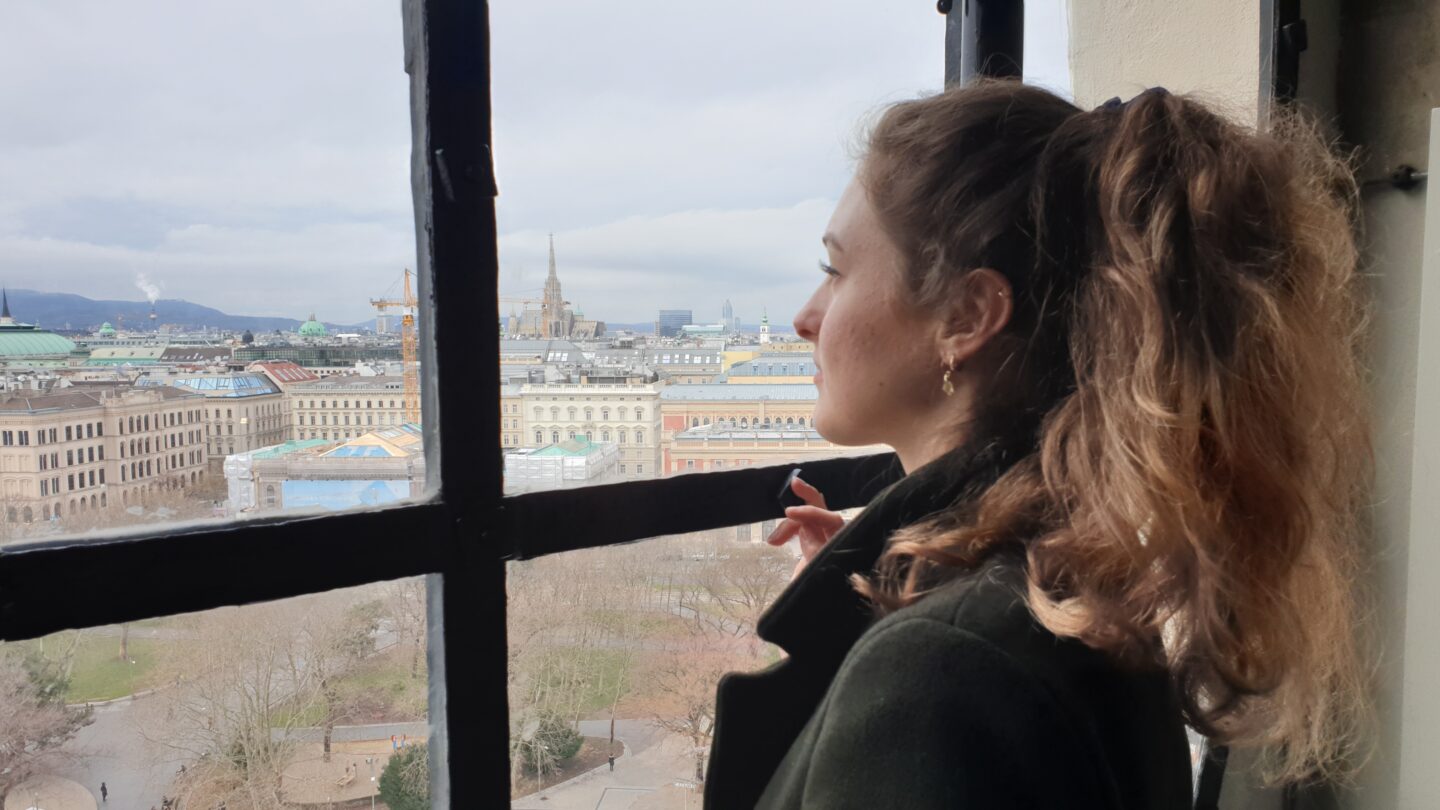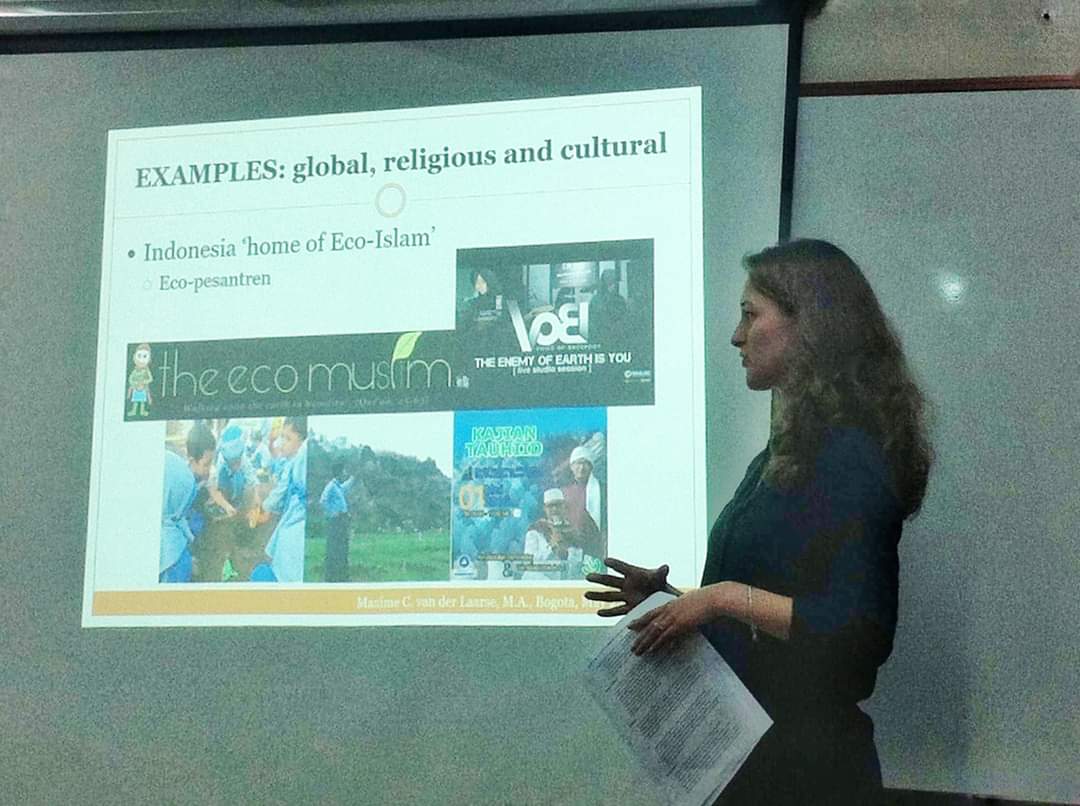Indonesia is the second biggest contributor to plastic waste in the oceans and the third-largest polluter in the world. Rapid industrialisation, urbanisation, population growth, economic growth, and a consumption boom resulted in an increase in waste. Research states that municipal solid waste increased with 162,5% in the last decade. In 2009, 81% of this waste was disposed of in open dumping landfills, which are often badly managed. Only 7% of waste has been recycled. Open dumping landfills is causing both health-and environment-related problems. It caused many deaths in 2005, marking the failure of traditional waste management.
Traditional end-of-pipe treatment
It was clear that the traditional waste management method was not successful anymore. It received greater attention from the Ministry of Environment. For the first time, waste management is acknowledged as a major national problem. And it received international attention as well. The government began implementing national plans. More sustainable methods of waste management began to emerge since the beginning of the 2000s.
The necessity of proper waste management led to the implementation of the Solid Waste Management Act on May 8, 2008. The international and more sustainable concept of 3R (Reduce, Reuse, Recycle) began to be used, thus replacing the traditional End-of-Pipe treatment. This meant that leftover goods were being disposed of as simply waste without value in an unsustainable manner. It was the first national regulation on waste management. Since then, sustainable waste management practices became more seriously practiced, and sustainable developments began to emerge more rapidly.
Research on Indonesian waste management
The debate on waste management has two sides. Some argue that inadequate financing, unqualified, or lack of staff and lack of public awareness is to blame. Others argue that the government is to blame, as the majority of the local government still applies the End-of-Pipe treatment, does not provide good support, and blame other factors. The traditional method is seen as not sufficient anymore and developments are needed.
There has been a focus on researching sustainable developments that are suited for the Indonesian case. These developments are mainly composting and waste-to-energy practices. In conclusion, there should be better collaboration between the government, NGOs, the private sector, and citizens. Through better education, information dissemination, better monitoring, and better-implementing policies. To which I can only agree.
Literature does not discuss consumer and citizen involvement much. Even though we see that public outcry already existed before the recent governmental attention to it. The government has been ignoring this for a long time. A serious shift is going on. Interesting developments, such as the recently implemented pay-for-plastic-bag policy, is directly aimed at consumers. And the individual citizen initiative of a Waste Bank is now a national concept. This is making it an interesting topic to discuss. Consumer/citizen involvement is, according to me, an important aspect of sustainable waste management.
Sustainable 3R concept
Governmental focus still seems to be on improving disposal practices as the Ministry focusses on improving disposal areas and infrastructure. But waste is more and more being seen as a source. And the focus is changing from proper disposal of waste, to reducing, reusing, and recycling a resource. Practices such as turning organic waste into compost and transforming waste to fuel have emerged. And these methods seem to be perfectly suitable for the Indonesian case.
Better waste separation and encouraging waste reduction received more attention recently. It seems that, by greater support and by focussing more on the role and involvement of citizens, the final stage of sustainable waste management has been reached. Namely. preventing waste.
Citizen involvement for proper waste management
In combatting the waste problem, the focus is more and more on fostering understanding of the problem among citizens. And on changing their consumption as well, by the use of media, with the goal of reducing waste. It seems that the involvement and collaboration with citizens led, and will lead, to successes. One example of such a success is the Bank Sampah (Waste Bank). This concept allows citizens to actively participate in the 3R method. Recent developments seem to show that the focus of the government is not simply blaming citizens (anymore). But it is actively coming up with plans to improve the situation.
Citizens as well seem to get more involved by initiating plans. The focus lies on coming up with sustainable solutions. However, it should be kept in mind that there are differences per area for how far this is true. It seems that there is better collaboration, by being more transparent about waste management and spreading information. This could thus make of 3R a success. Awareness and participation in reducing, reusing, recycling and preventing waste are growing. I assume it will continue to do so if developments continue at this pace.
The future of waste management in Indonesia
More innovative sustainable developments will probably arrive soon. 3R is already more significant for Indonesia than it was a few years ago, just after the implementation of the concept. The newly implemented pay-for-plastic-bag policy seems to become a success. More national plans should be created. And already existing ones should be further implemented. Access to and availability of sustainable options still needs improvement. It seems that mainly the direct and visible environment receives the greatest attention still. However, this will leads to a step in the right direction.
I predict that Indonesia might even come up with innovative sustainable ideas somewhere in the following years. As soon as sustainable waste management methods become more visible in Indonesia, it will show the success of 3R. Notice that the pay-for-plastic-bag policy was not much later implemented in Indonesia as it was in the Netherlands. Perhaps we will see more separation trash bins everywhere as prove. It would be very interesting to walk around in an Indonesia wherein trash used to be the standard. And knowing that it is now used for other, sustainable, purposes.
(Full article in the Leiden Repository)



